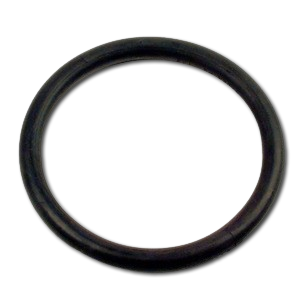SPIRAL WOUNDED GASKETS
Specification
- Material Composition:
- Metal Windings: Typically stainless steel (304, 316, etc.), Inconel, Monel, or other alloys, providing strength and corrosion resistance.
- Filler Material: Common fillers include graphite, PTFE (polytetrafluoroethylene), or mica, chosen based on the specific application requirements for chemical resistance and temperature tolerance.
- Inner and Outer Rings: Often made from carbon steel or stainless steel, these rings provide structural support and enhance the gasket’s ability to withstand compression.
- Design:
- Spiral Wound: Consists of alternate layers of metal windings and filler material, wound in a spiral shape.
- Inner Ring: Prevents inward buckling of the windings and ensures better sealing.
- Outer Ring: Helps center the gasket within the flange and provides additional radial strength.
- Dimensions:
- Standard Sizes: Typically conform to standards such as ASME B16.20, API 601, or EN 1514-2.
- Custom Sizes: Available based on specific application needs.
- Pressure and Temperature Ratings:
- Pressure: Can handle pressures up to 2500 psi or higher, depending on the material and construction.
- Temperature: Suitable for temperatures ranging from -200°C to +1000°C, depending on the metal and filler materials used.
Classification
- By Design:
- Style R: Basic type without inner and outer rings.
- Style RIR: Includes an inner ring to prevent inward buckling.
- Style CGI: Includes both inner and outer rings for maximum stability and sealing performance.
- By Application:
- Standard: General-purpose gaskets for a wide range of industrial applications.
- High-Pressure: Designed specifically for high-pressure environments.
- High-Temperature: Equipped to handle extreme temperatures, often using special alloys and fillers.
- By Material:
- Metal Windings: Stainless steel, Inconel, Monel, etc.
- Filler Materials: Graphite, PTFE, mica, etc.
Description
- Applications:
- Petrochemical Industry: Used in pipelines, reactors, and pressure vessels.
- Power Generation: Employed in steam turbines, boilers, and heat exchangers.
- Oil and Gas Industry: Used in refineries, offshore platforms, and pipelines.
- Chemical Industry: Suitable for handling aggressive chemicals and solvents.
- Industrial Manufacturing: Utilized in various high-pressure and high-temperature industrial processes.
- Advantages:
- Excellent Sealing: Provides a reliable seal under varying pressure and temperature conditions.
- Resilience: Capable of recovering from thermal cycles and fluctuations in pressure.
- Versatility: Suitable for a wide range of applications and environments.
- Durability: Made from robust materials that offer long service life and resistance to harsh conditions.
- Limitations:
- Cost: Higher initial cost compared to some other gasket types due to complex construction.
- Complexity: Requires careful installation to ensure optimal performance.
- Material Compatibility: Must choose appropriate materials for specific media and conditions to prevent corrosion or degradation.
- Maintenance and Care:
- Regular Inspection: Check for signs of wear, damage, or leakage.
- Proper Installation: Follow manufacturer guidelines for installation to ensure a proper seal.
- Storage: Store in a clean, dry environment to prevent contamination and damage.




